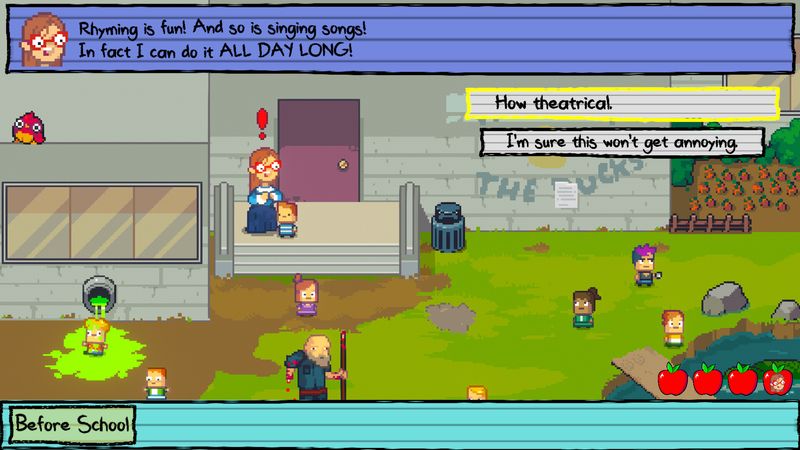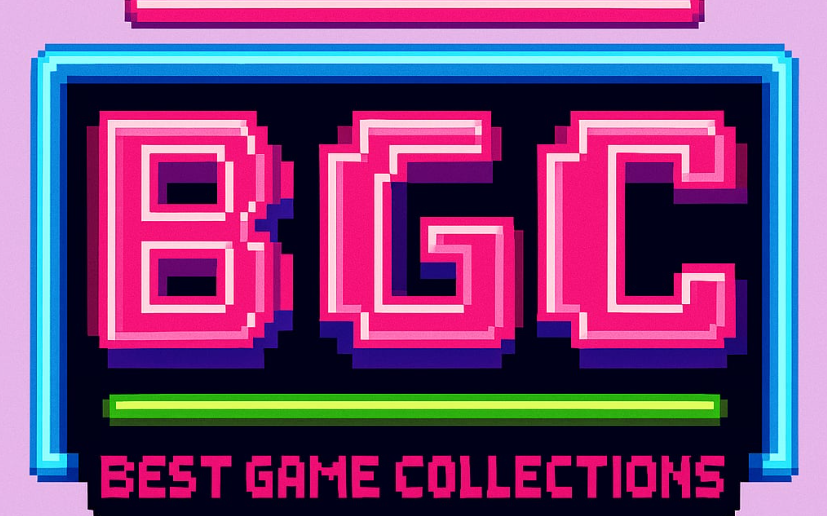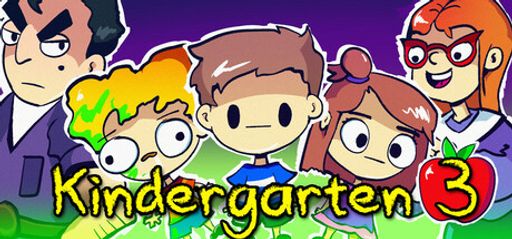When I first heard that Con Man Games was returning with Kindergarten 3, I admit I raised an eyebrow. The series has built a devoted following thanks to its dark humor, outlandish characters, and inventive puzzles. But after spending a dozen hours exploring this new schoolhouse of horrors, I can say Kindergarten 3 delivers a fresh, if slightly scaled-back, experience that longtime fans will appreciate—so long as they can look past a few missing features.
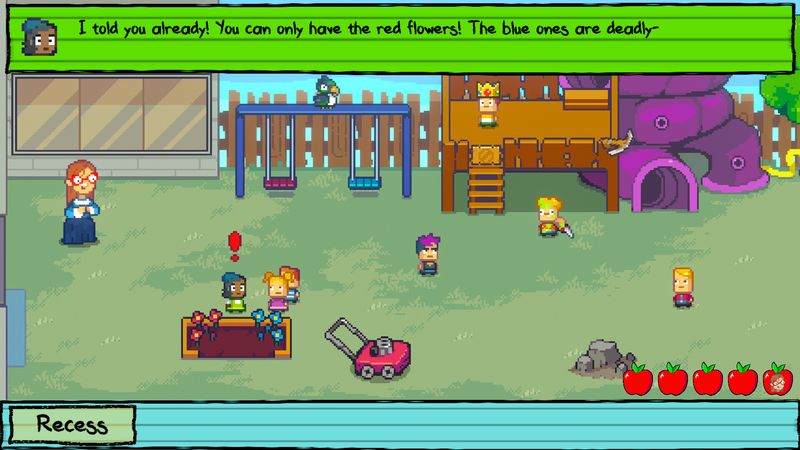
Overall Impressions
Kindergarten 3 picks up the tone of its predecessors. You still roam the halls of a deceptively innocent elementary school, uncovering twisted secrets and suffering equally twisted fates. What stands out here is a tighter focus on story and puzzle design. Gone is the money system from Kindergarten 2, replaced by a streamlined progression that keeps you on task. This shift pleased many players, with one reviewer noting, “I love how there is no money balancing and it is more focused on the stories and puzzles compared to the last game.”
That said, the game does feel shorter. Compared to Kindergarten 2, there are fewer areas to explore and fewer hours in the school day, which translates to shorter missions. Some fans will miss the breadth of content in KG2. A common critique is the absence of costumes and the Monstermon minigame, two beloved features from the previous installment. “No costumes? No Monstermon minigame? This game feels like it’s less than KG2,” wrote a dedicated player. Those expectations can leave you wanting more, even as the core experience remains solid.
Gameplay Mechanics
At its heart, Kindergarten 3 is a point-and-click adventure. You interact with classmates, collect items, and solve puzzles that range from logic riddles to trial-and-error setups. I found the controls intuitive and the interface clean. Puzzle difficulty sits comfortably in the medium range: you’ll need to think creatively but won’t be stuck for hours on the same challenge.
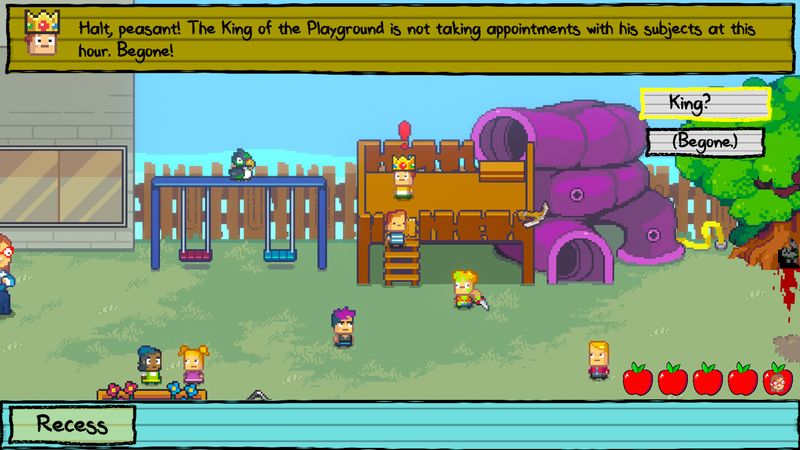
Standout moments include a tense cat-and-mouse chase in the janitor’s closet and a cleverly designed chemistry puzzle in the science lab. The lack of a Monstermon minigame is noticeable, but the team at Con Man Games has said they wanted to focus their resources on the narrative. As one fan put it, “This game is peak—if you played the first two, you need to play this one.”
Story and Characters
Kindergarten 3 introduces a new class of students while reuniting us with old favorites. I was especially taken by the dynamic between the bookish transfer student and the playground rebel. Their banter felt genuine, and it grounded the surreal events around them. The overarching mystery—a missing principal, secret experiments in Room 13—unfolds at a welcome pace.
World-building remains a strong suit. Each classroom has its own theme, hinting at past tragedies that are gradually revealed through notes, diary entries, and overheard conversations. While some returning characters felt a bit sidelined, the new cast compensates with unique quirks and memorable dialogue. I was occasionally wishing for deeper backstories, but the game teases enough lore to spark theories and fan discussions.
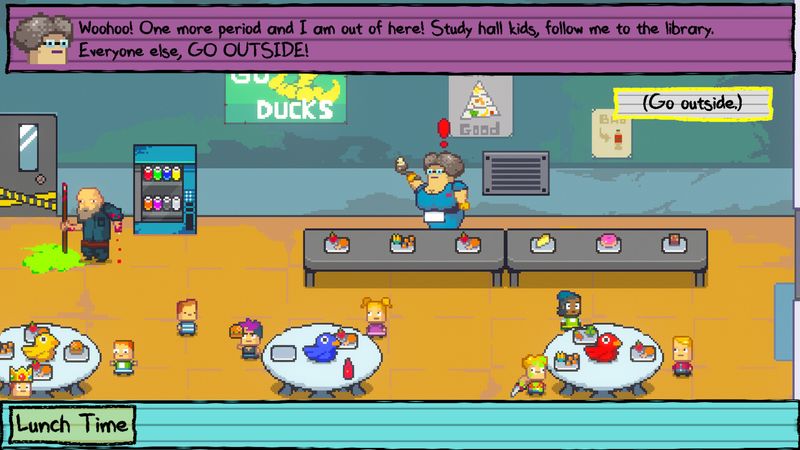
Visuals and Graphics
The art style leans into cartoonish exaggeration: big eyes, bright colors, and twisted architectural flourishes that underscore the horror undercurrents. Backgrounds are well-detailed, from peeling paint in the gym to flickering light fixtures in the basement. I appreciated how subtle animation—like paper fluttering or a flickering fluorescent bulb—added atmosphere.
Compared to KG2, the overall fidelity feels on par, though the smaller number of locations means you’ll revisit certain halls more often. Still, the developers invested in richer character animations, which makes emotional moments more impactful. There’s a distinct charm in seeing those little pixel sprites emote fear, joy, or frustration.
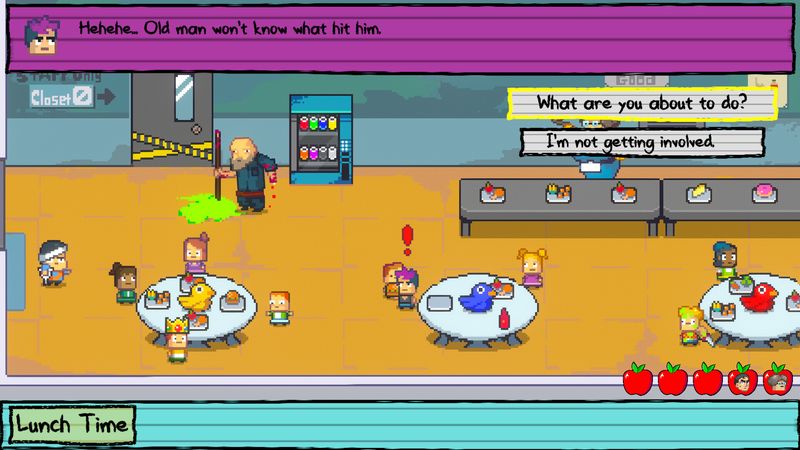
Sound and Music
Kindergarten 3 dispenses with voice acting, but the soundtrack carries weight. A soft piano motif greets you each morning, turning tense with dissonant strings as night falls. Ambient sounds—creaking doors, distant giggles, dripping water—add layers of unease. Combat and chase sequences lean on staccato percussion, heightening adrenaline.
Sound effects shine, especially the squelch of a spilled chemical or the echo of running footsteps in an empty corridor. The minimalist approach leaves room for silence when it matters most, and I found that technique far more effective than filling every moment with music.
Difficulty and Replayability
If you’re seeking brutal challenge, you may find Kindergarten 3 too forgiving. A gentle difficulty curve means most players will overcome obstacles without much frustration. That may disappoint completionists who hunger for extra puzzles. However, hidden endings and alternate puzzle solutions encourage a second playthrough.
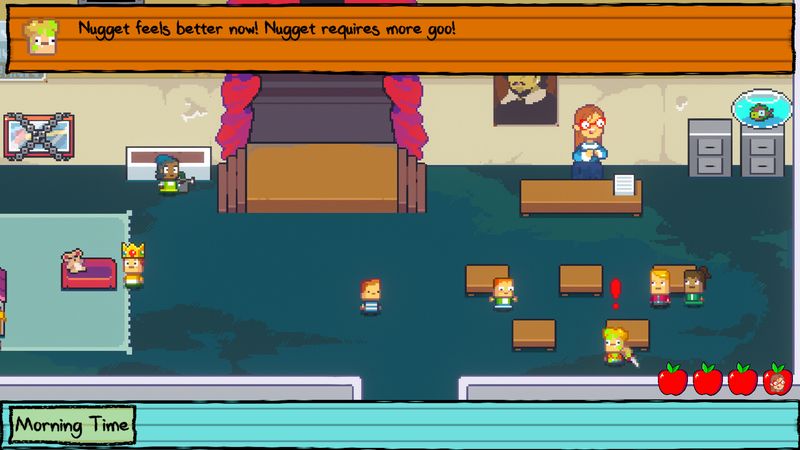
Sadly, the lack of the Monstermon minigame and costume side challenges lessens replay value. Con Man Games has hinted in developer blogs that post-launch updates could restore mini-games or add new side quests. For now, I recommend scavenger-hunting for secret notes and replaying key chapters to catch every dialogue branch.
Developer Trivia
Behind the scenes, Kindergarten 3 began as a smaller passion project. Con Man Games announced the title at last year’s Indie Dev Showcase, promising a narrative-first approach. During production, the team decided to cut the in-game currency system and Monstermon mini-game to hit their release date. Publisher SmashGames backed the decision, focusing marketing on the game’s story-driven angle. Fans eagerly await a potential Kindergarten 4, already teased in the post-credits scene.
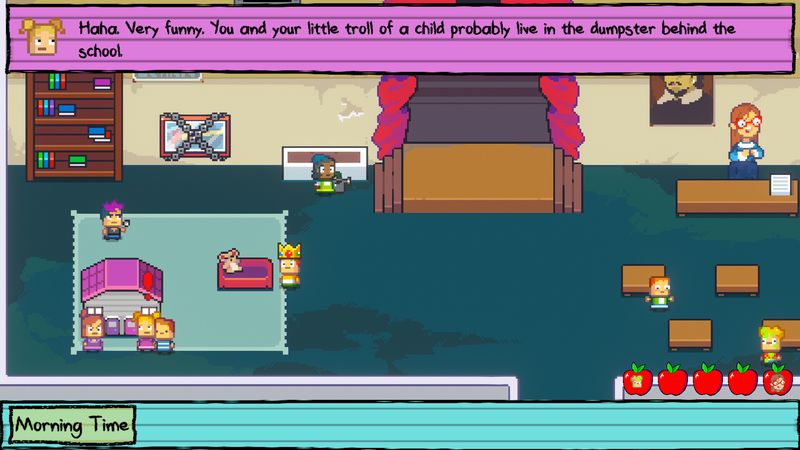
Final Thoughts
Kindergarten 3 strikes a balance between fresh ideas and series staples. While it may feel leaner than its predecessor, its tight storytelling, engaging puzzles, and polished presentation make it a worthy addition to the saga. I recommend it to anyone who loves dark humor, clever riddles, and schoolyard scares.
Rating: 4 out of 5 stars
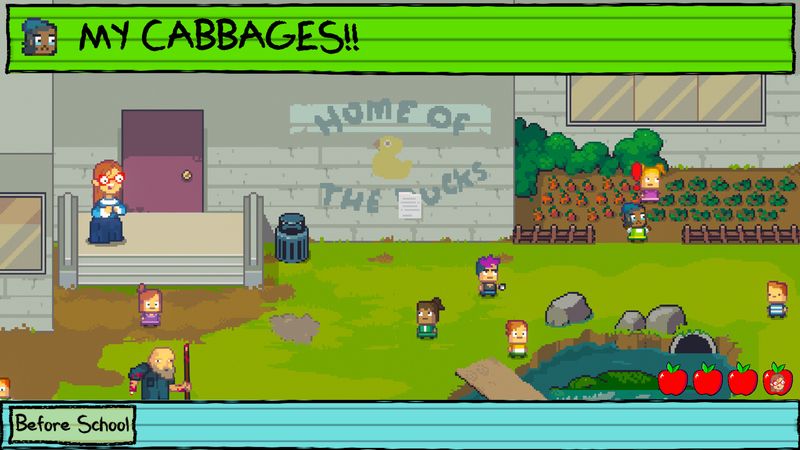
Firstly, this game grabs players with its compelling narrative focus, drawing you into each chapter with memorable characters and emotional stakes. Additionally, the sharp, intuitive puzzles strike the perfect balance between challenge and accessibility, keeping you engaged without frustration. Moreover, the rich atmosphere and immersive sound design elevate every moment, from subtle ambient cues to dramatic musical swells, ensuring that the world feels alive and unforgettable.
On the downside, the overall experience is constrained by a shorter length and fewer explorable areas, which may leave completionists craving more. Furthermore, the absence of costumes and the Monstermon mini-game removes layers of customization and side-quest variety. Finally, replay value remains limited until future updates introduce new content, so those seeking extended playtime may need to wait for additional features.
